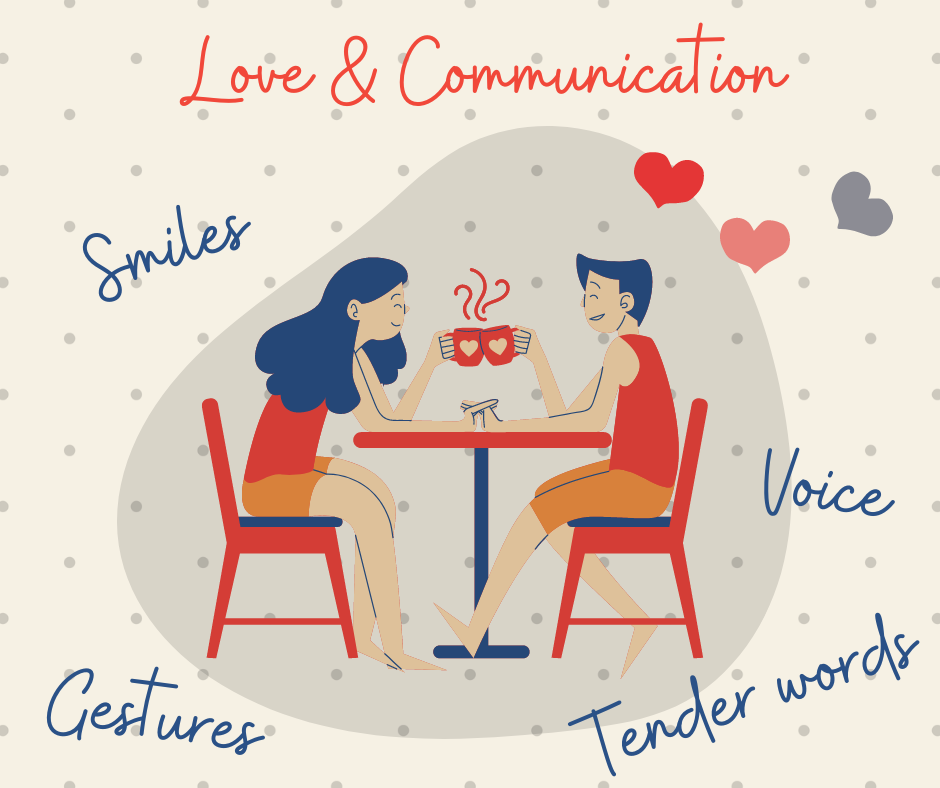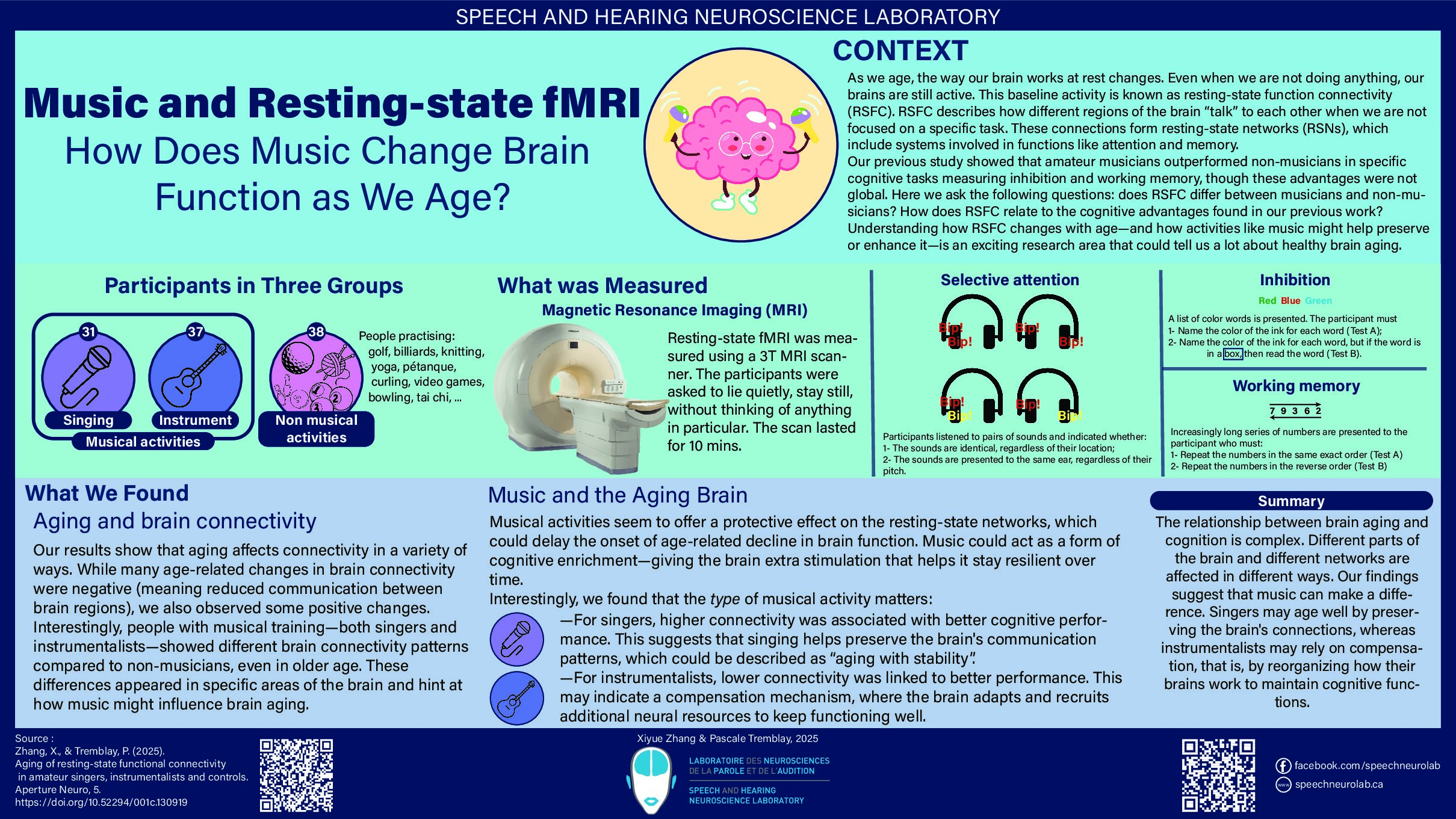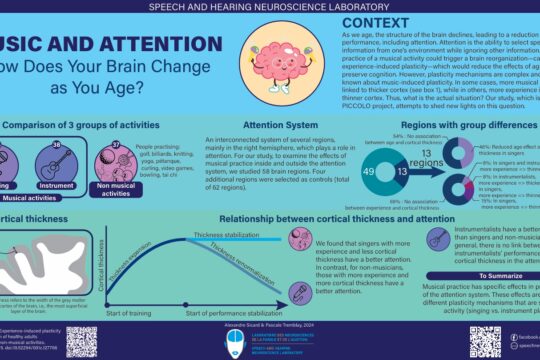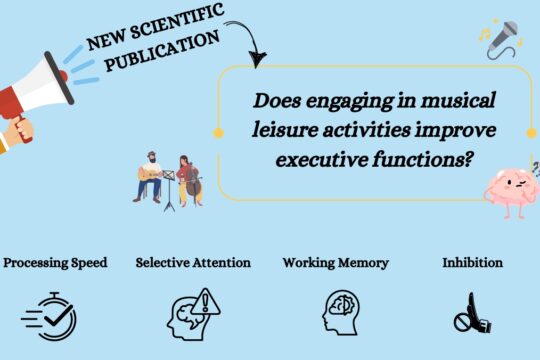My darling, my sweetheart … so many words to express our love and affection! The ways to communicate our love or our interest towards another person, however, are far from being limited to beautiful words.
Indeed, other aspects of communication play an essential role. Let’s begin with verbal communication, more specifically language, which is one of our lab’s research interest. Language makes it possible to show interest in others. For example, the use of words like “uh-huh,” “exact” and “yes” while listening to a conversation partner encourage conversation and indicate our attention towards our interlocutor (Duncan, 1972). Additionally, the style of language used can predict romantic interest in another person. This is suggested by the results of a study in which male and female participants took part in speed-dating meetings (Ireland & al., 2011). The research team analyzed function words, such as adverbs (e.g., really, rather) and conjunctions (e.g., but, because) used by both partners. The team then measured the degree of similarity in the use of these words between the two partners. The results indicated that the more similar the language style was, the higher the chances that they would want to see each other again. Having coordinated language styles could therefore facilitate the initiation of a romantic relationship (Ireland & al., 2011). And let us not forget that it is thanks to language that we can most clearly express our love with the use of three small but oh so important words!

Attraction towards a person is also influenced by a person’s pitch. Indeed, men tend to perceive higher-pitched voices as more attractive, while women tend to prefer lower-pitched voices (Hodges-Simeon & al., 2010; Re & al., 2012). When you talk to someone you like, do you think that you’re modulating the pitch of your voice? If so, you are not alone! A research team presented images of men to female participants, who had to leave them a recorded voice message. Following the experiment, the researchers asked the participants to identify their degree of attraction towards the different faces presented to them. It was found that women tended to use a higher pitch when presented with faces that they considered more attractive (Fraccaro & al., 2011).
When we meet someone for the first time, several non-verbal signals can be generated, which are likely to influence their interest in us. Among them, several are perceived positively including smiles, a warm tone of voice, direct eye contact, nodding, and leaning or advancing towards the other (Floyd & al., 1984 Gonzaga & al., 2001; Hietanen & al., 2018). On the contrary, frowning and using a detached tone of voice are generally perceived negatively (Floyd & al., 1984). It should be noted, however, that the interpretation of these kinds of signals depends on multiple factors including sex, age and cultural background.
Several research groups have tried to measure the influence of non-verbal communication on an interlocutor, since—even though non-verbal communication is crucial—it is often unconscious. For example, Ho and Newell (2020) presented participants with either happy or angry facial expressions and asked them to rate how attractive the faces were. They observed that smiling faces were perceived as more attractive. Another research team studied the influence of eye contact by measuring the activity of facial muscles (the zygomaticus muscle, which raises the corners of our mouth when we smile, as well as the corrugator muscle, which allows us to frown) in participants (Hietanen & al., 2020). When eye contact was directed at them, the zygomaticus muscle activity was increased, and the corrugator muscle activity was decreased. Thus, the direct gaze of the other elicited a smile in the participants and would therefore constitute a positively interpreted signal (Hietanen & al., 2020).
Finally, a research team looked at how body movements can reflect a person’s interest in a potential partner during a first meeting. To study this phenomenon, the team organized speed-dating meetings between participants, during which their body movements were recorded (Chang & al., 2021). Following each meeting, the participants indicated their interest in seeing their partner again. The research team observed that synchronized approaching and retreating movements predicted a greater interest in developing a long-term relationship!
Whether consciously or not, there is no doubt that humans dispose of a wide variety of ways to communicate their interest in someone. These make use of language and voice (an important aspect of communication that we study in our laboratory!), as well as non-verbal communication. The next time you declare your flame or that your better half speaks to you, perhaps you will pay more attention to these signals!
References :
Chang, A., Kragness , HE, Tsou , W., Bosnyak , DJ, Thiede , A., & Trainor , LJ (2021). Body sway predicts romantic interest in speed dating. Soc Cogn Affect Neurosci , 16 (1-2), 185-192. doi:10.1093/scan/nsaa093
Duncan, S. (1972). Some signals and rules for taking speaking turns in conversations. J Pers Soc Psychol , 23(2), 283-292. doi :10.1037/h0033031
Floyd, FJ, & Markman , HJ (1984). An economical observational measure of couples’ communication skill. Journal of Consulting and Clinical Psychology, 52(1), 97–103. doi : 10.1037/0022-006X.52.1.97
Fraccaro , PJ, Jones, BC, Vukovic , J., Smith, FG, Watkins, CD, Feinberg, DR, Little, AC, & DeBruine , LM (2011). Experimental evidence that women speak in a higher voice pitch to men they find attractive. Journal of Evolutionary Psychology, 9(1), 57–67. doi : 10.1556/JEP.9.2011.33.1
Gonzaga, GC, Keltner, D., Londahl , EA, & Smith, MD (2001). Love and the commitment problem in romantic relations and friendship. J Pers Soc Psychol , 81 (2), 247-262. doi :10.1037//0022-3514.81.2.247
Hietanen , JK, Helminen , TM, Kiilavuori , H., Kylliainen , A., Lehtonen, H., & Peltola , MJ (2018). Your attention makes me smile : Direct gaze elicits affiliative facial expressions. organic Psychol , 132 , 1-8. doi:10.1016/ j.biopsycho.2017.11.001
Ho, PK, & Newell , FN (2020). Turning Heads: The Effects of Face View and Eye Gaze Direction on the Perceived Attractiveness of Expressive Faces. Perception, 49 (3), 330-356. doi:10.1177/0301006620905216
Hodges-Simeon, CR, Gaulin , SJ, & Puts, DA (2010). Different Vocal Parameters Predict Perceptions of Dominance and Attractiveness. Hum Nat, 21 (4), 406-427. doi:10.1007/s12110-010-9101-5
Ireland, ME, Slatcher , RB, Eastwick, PW, Scissors, LE, Finkel, EJ, & Pennebaker, JW (2011). Language style matching predicts relationship initiation and stability. Psychol Sci, 22 (1), 39-44. doi:10.1177/0956797610392928
Re, DE, O’Connor, JJM, Bennett, PJ, Feinberg, DR (2012). Preferences for Very Low and Very High Voice Pitch in Humans. PLoS ONE 7(3): e32719. doi:10.1371/ journal.pone.0032719



